
One Zero Design Co. views Escolta through harrowing and hopeful visions in ‘Imprints’ exhibit

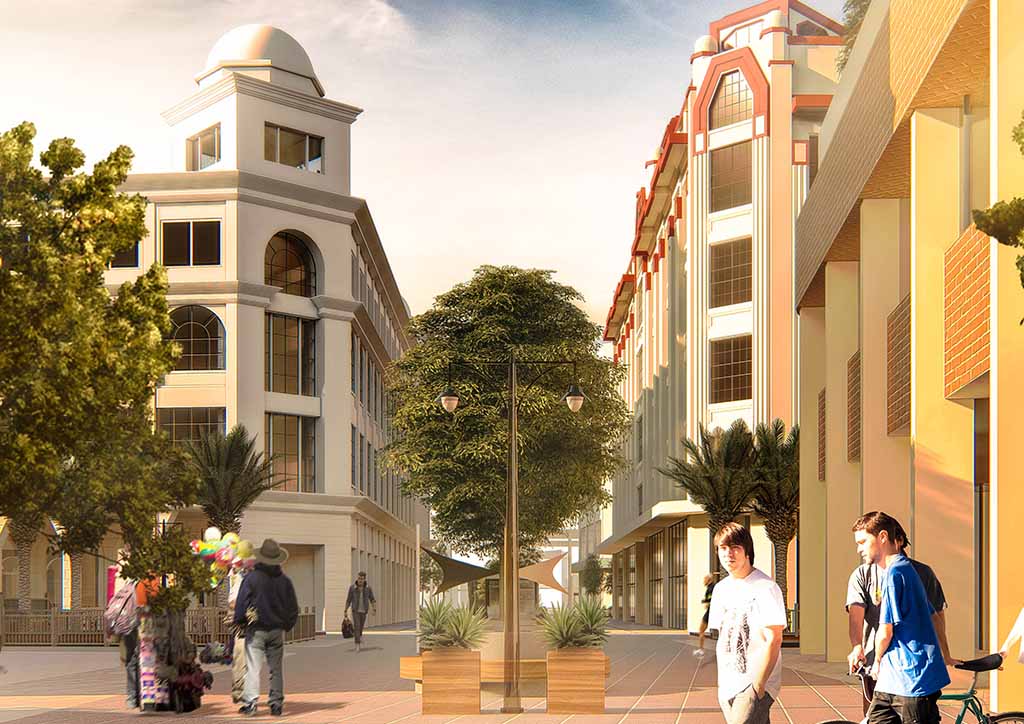
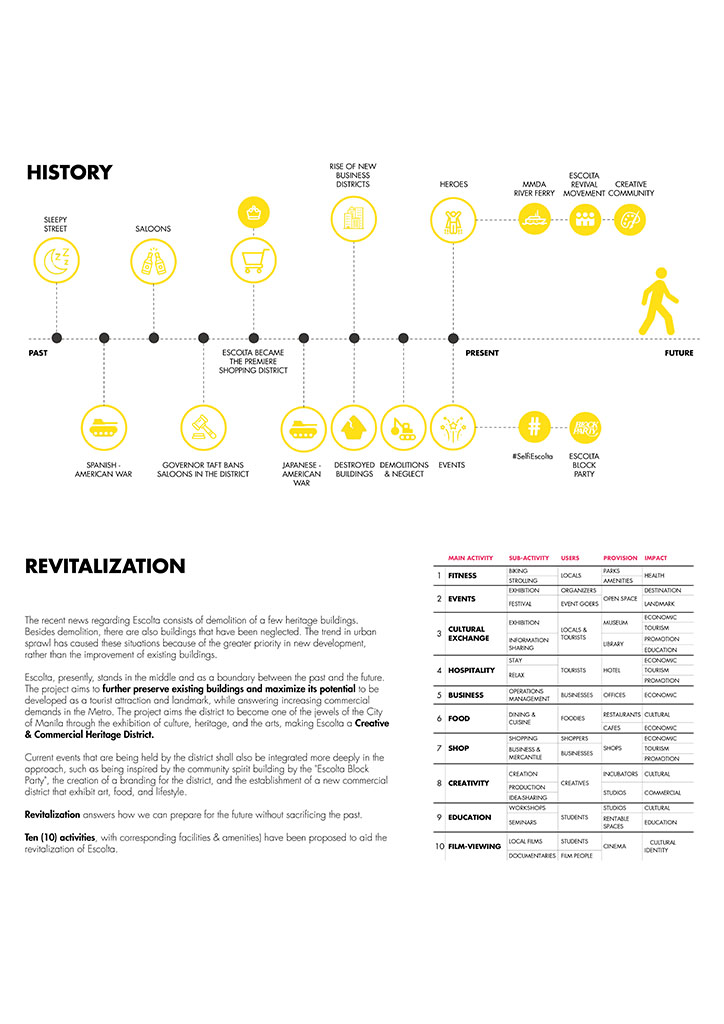
“As the Escolta Block Festival pivots toward pushing more urban design-related programs, we feel that Imprints as an exhibit represents a lot about what our future can be if we regard our history highly,” Serrano says. He explained that the exhibit “visualizes two imagined realities Escolta can move forward with. One shows what Escolta can be if we totally disregard all of our architectural gems for the sake of progress. Another is an unsolicited proposal that talks about conserving and reinvigorating what is currently here aligned with values identified by the growing creative community in First United Building.”
Serrano said that their proposal is yet to be finalized and that it still has a long way to go, but he hopes that Imprints would be a jump-off point or a platform for conversations that would lead to the revitalization of old Manila to happen. He says, “We wanted to culminate the festivities with an actual proposal we can pitch to the city government to see how we can work with actual proposals that can help the neighborhood beyond the festival.” Serrano said his team intends to pitch a proposal to the city government 1Q of 2020.
For One Zero Design Co.’s Internship Class of 2019, the studio drafted up a series of proposals that can help reinvigorate downtown Manila with a people-focused design proposal. A bottom-up approach from collective learning as a community was considered to refine Escolta’s urban genetic makeup while respecting its rich century-old history.
Revitalize
Ten activities corresponding were identified according to recent cultural programming by different groups in the community. These informed facilities and amenities that key buildings may adopt.
To enhance the vitality of Escolta’s streets, an active storefront is encouraged to house restaurants, coffee shops, bars, and similar establishments. To encourage the participation of local stakeholders, government funding or tax incentives may be introduced with the help of cultural institutions.
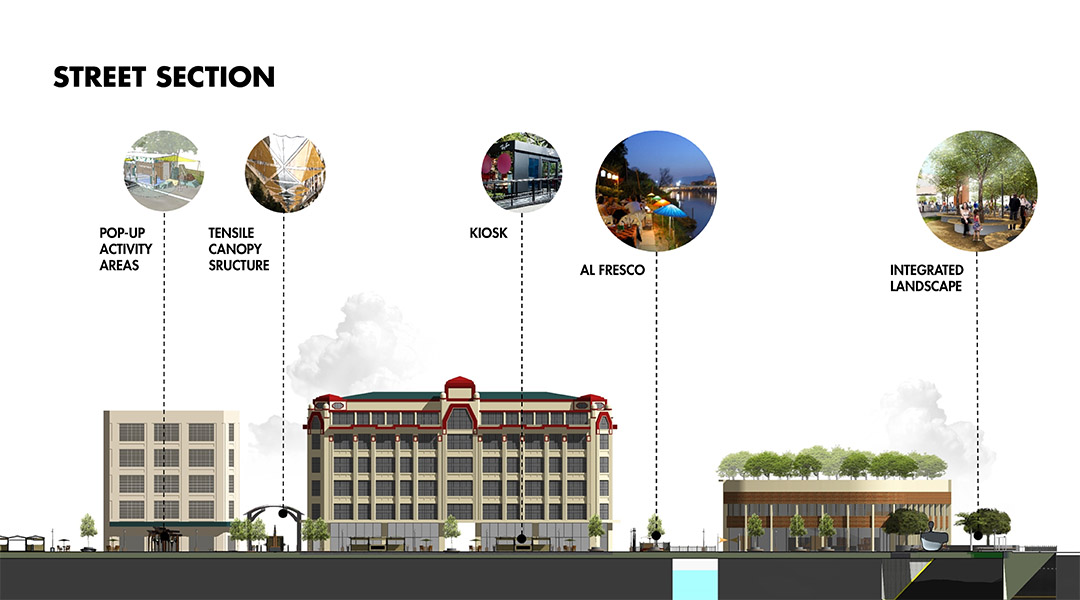
Pedestrianization
The streets are for our people. Formal or informal, the streets of Manila reflect different facets of our culture through local enterprises that pop up in day time or in what we experience when we walk our streets. By mapping out important transport networks that pass by Escolta, private or public, we can identify key drop off points and reroute traffic in and around the district to create a pedestrian superblock.
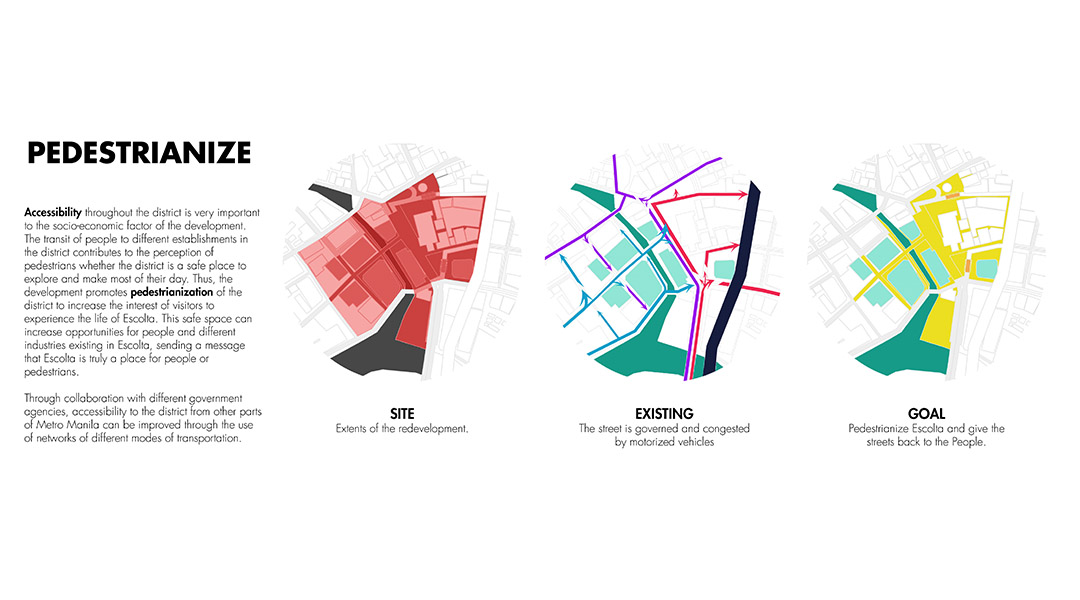

The district’s vitality can be enhanced by injecting new life on its streets. As experienced during different cultural activities programmed in Escolta, the district’s rich physical narrative can be highlighted as a playground for creative urban activations. Case studies also show that a better streetscape enhances property values of surrounding neighborhoods and generally makes for a healthier and more robust community.
Street vendors are a huge part of our culture. As informal as they are, early images of Manila’s streets show vendors dating back to the 1900s. They exist because there is a void that hasn’t been filled, and that is a democratized entrepreneurial system that supports small and local enterprises. These vendors play a huge part in enlivening our streets and need to be included in any pedestrianization effort.
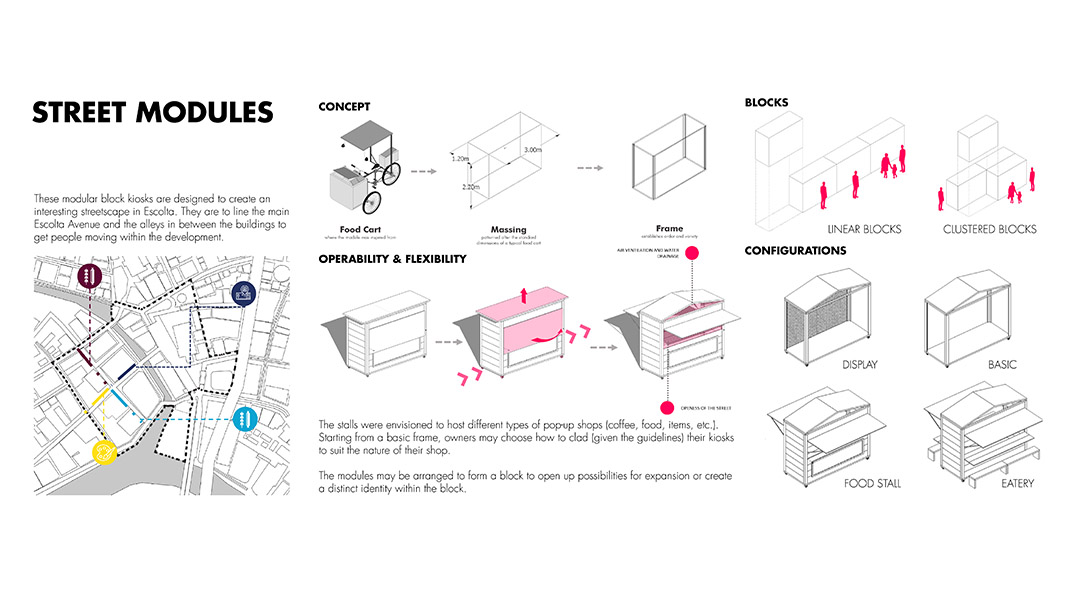
READ MORE: Escolta Maestros: 6 Filipino architects who shaped the old CBD
Adaptive Reuse
Contrary to popular belief, most of Escolta’s buildings are currently occupied. The proposal focuses on the first block of Escolta from Tomas Pinpin to Banquero, extending to Plaza Lacson to Carriedo Station.
The First United Building pioneers support of creative endeavors, Regina Building and Burke Building are currently used as office spaces. The proposal is to have active storefronts for all buildings and support existing stakeholders with government funding and tax incentives.
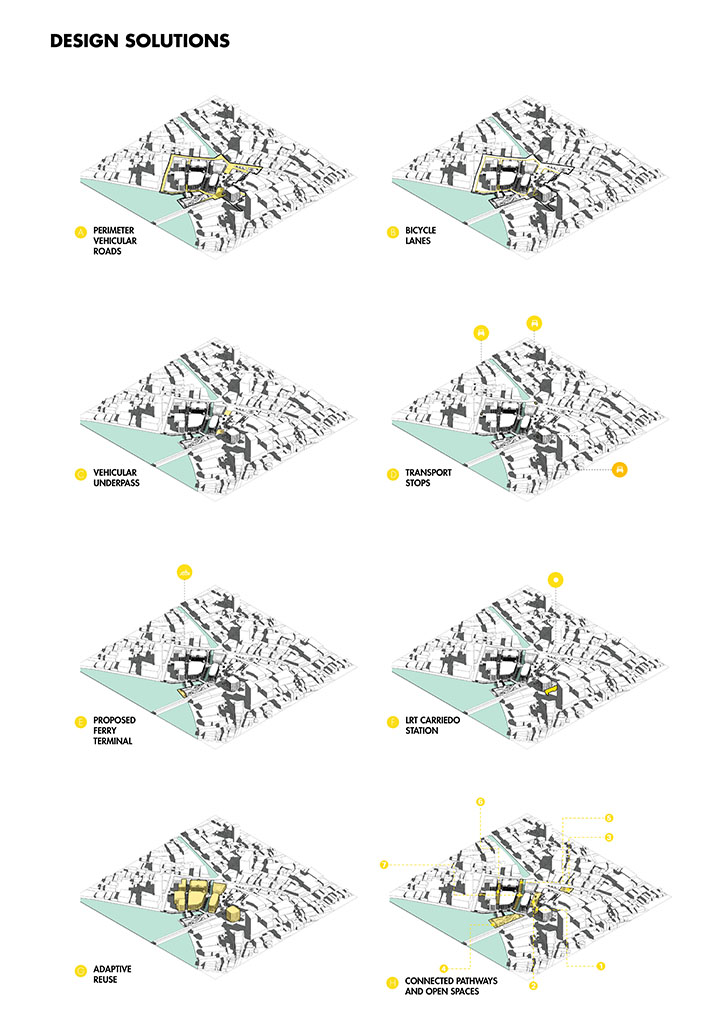
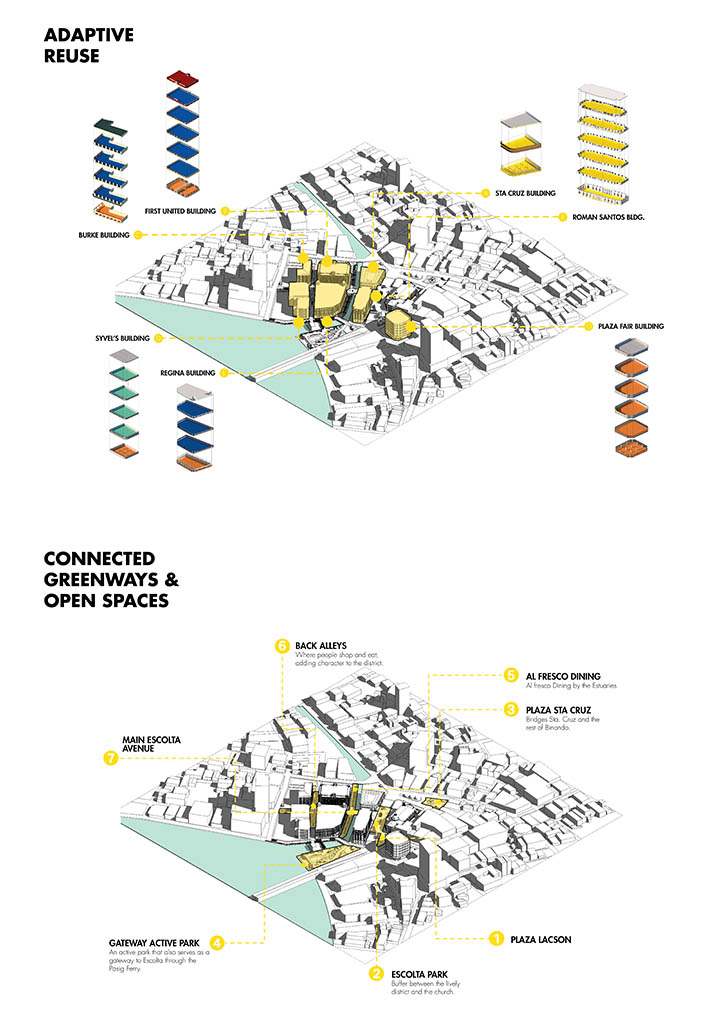
Syvels Building, Sta. Cruz Building, Roman Santos Building, and Plaza Fair Buildings, on the other hand, are vacant. These buildings are as important as more notable structures (Capitol Theater, El Hogar Building, etc.) because they reflect different timeframes of our history.
A building program was identified complementing general neighborhood activities. Roman Santos Building is identified as a residential/commercial building, Syvels Building is identified as a cultural/commercial building, Sta. Cruz Building is identified as a Cultural and Tourist Center, and Plaza Fair is identified as a commercial building with focus on programming for local street food/hawker type of building.
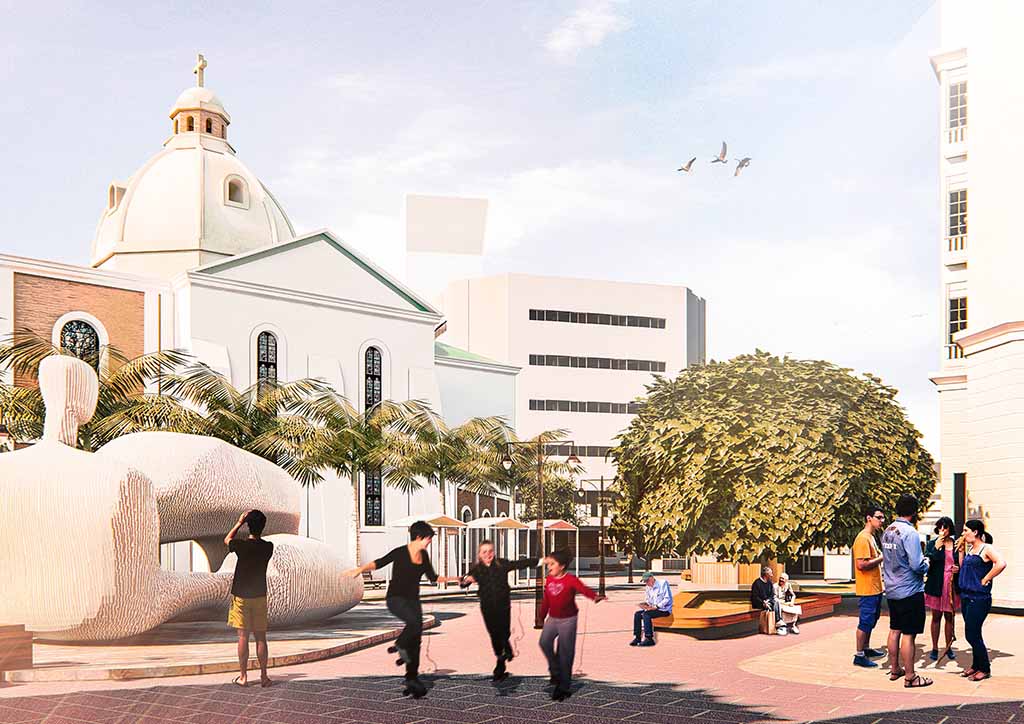
Strong government support is needed in acquiring these buildings and/or working closely with private stakeholders. There are different ways for the government and private entity to work: through long term leasing, to purchase of a property. The government may then work with a cultural institution or private entity to implement proposed programming for underutilized buildings.
Our cities are slowly being homogenized with a largely commercial perspective in planning. Our identity eroding as our built heritage gets torn down piece by piece. We have a hand in shaping our cities, and it should start with our people understanding where we came from. A progressive city does not leave its identity behind, it embraces its narrative and builds the new informed by the old.
Come to our studio, listen to our ideas and criticize us.
READ MORE: The Mornings After: Escolta Block Parties are more than one-night affairs
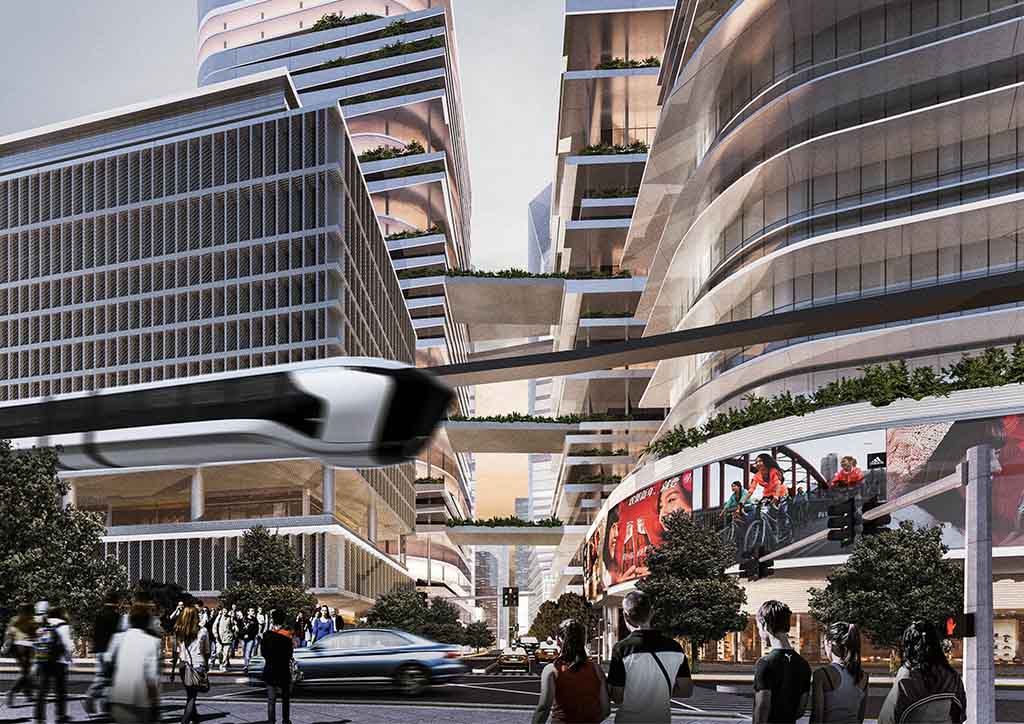
The Imprints exhibit is located at One Zero Design Co, Room 514, First United Building, Escolta, Manila. Walkthrough starts at 1PM-2PM. Open Studios run from 2PM-6PM.
- Concept lead: Giann Matias, Arts Serrano
- Team: Jeremy Laureano, Erickson Francisco, Paula Casia
- Concept lead: Majerle Morales, Arts Serrano
- Team: Jolo Francisco, Gellaine Burgos, Aldrich Silva
Images courtesy of one/zero design collective


